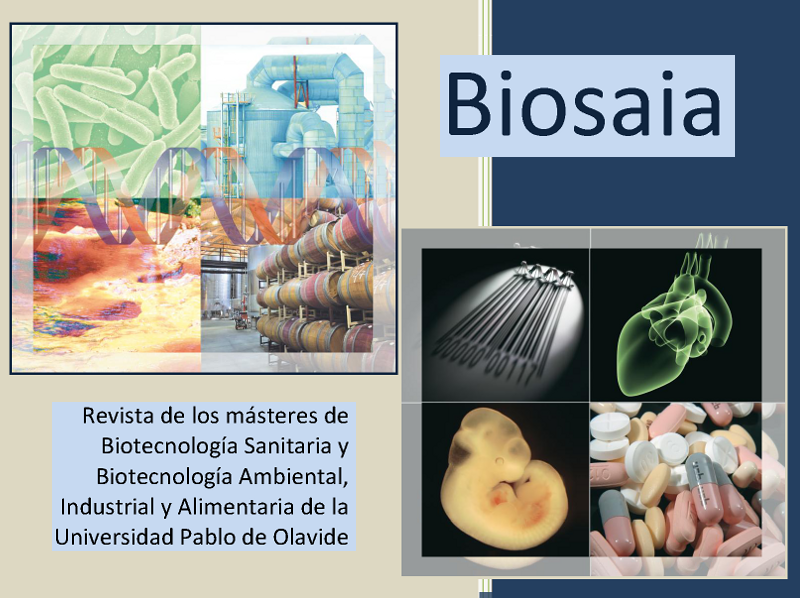Food preservation and analysis techniques
Palabras clave:
food science; food preservation; antioxidantResumen
Inside the food industry, food analysis is one of the most essential procedures to ensure, mainly, the good quality and other beneficial properties that make the final product more competitive in the market. Lately, the food conservation time has gained attraction in the food industry. In recent years, businesses are searching for alternatives that are easy to put into practice and that, at the same time, increase the net profit.
Plant extracts can become interesting food additives due to their antioxidant and antimicrobial properties. Several studies have shown that adding plant extracts reduces microbial growth and prevents oxidation of the food (1,2). Another interesting feature of plant extracts is that they can be combined with other preservation techniques. Recently, experiments have been carried out mixing the application of high-pressure preservation techniques with the addition of plant extracts with high antioxidant power (3,4), showing an improvement in the maintenance of organoleptic properties.
In this practical project, samples of pork patties treated with an aqueous extract of broccoli were analyzed. The samples were taken on different days after initial packaging and were seeded on different media to identify the types and numbers of micro-organisms. Specifically, mesophilic aerobic bacteria, psychrophilic aerobic bacteria, and anaerobic bacteria were counted. At the same time, selective counting of Escherichia coli and Staphylococcus aureus was carried out. During the project, different microorganism seeding techniques were performed, as well as other activities including media preparation and colony counting
Descargas
Citas
Martillanes, S., Rocha-Pimienta, J., Gil, M. V., Ayuso-Yuste, M. C. & Delgado-Adámez, J. Antioxidant and antimicrobial evaluation of rice bran (Oryza sativa L.) extracts in a mayonnaise-type emulsion. Food Chem. 308, (2020).
Andres, A. I., Petron, M. J., Delgado-Adamez, J., Lopez, M. & Timon, M. Effect of Tomato Pomace Extracts on the Shelf-Life of Modified Atmosphere-Packaged Lamb Meat. J. Food Process. Preserv. 41, (2017).
Martillanes, S., Rocha-Pimienta, J., Gil-Álvarez, M.V., Ayuso-Yuste, M. C. & Delgado-Adámez, J. Effect of rice bran extract on the preservation of pork burger treated with high pressure processing. J. Food Process. Preserv. 44, 1–11 (2020).
Amaro-Blanco, G., Delgado-Adámez, J., Martín, M. J. & Ramírez, R. Active packaging using an olive leaf extract and high pressure processing for the preservation of sliced dry-cured shoulders from Iberian pigs. Innov. Food Sci. Emerg. Technol. 45, 1–9 (2018).
Descargas
Publicado
Cómo citar
Número
Sección
Licencia
Derechos de autor 2022 Biosaia: Revista de los másteres de Biotecnología Sanitaria y Biotecnología Ambiental, Industrial y Alimentaria

Esta obra está bajo una licencia internacional Creative Commons Atribución-NoComercial-CompartirIgual 4.0.





